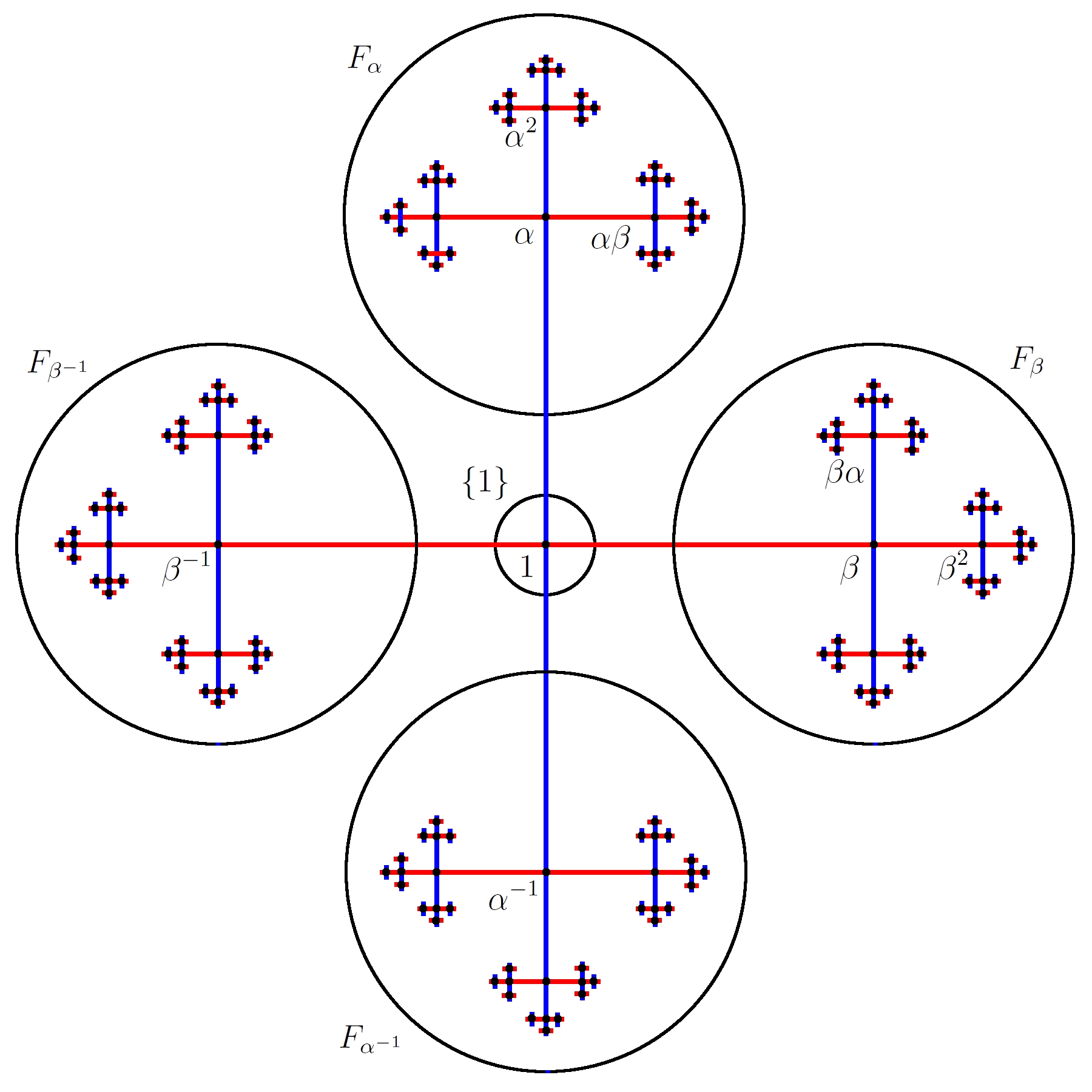Talk - Bring Out the Crayons -- A Survey of Descriptive Combinatorics
10 Nov 2021 - Tags: my-talks
Last week Jacob asked me to give a talk in the topology seminar for UCR. I’ve been pretty busy lately, but I have a reputation to uphold, so I agreed, even though I didn’t have a great idea of what I wanted to talk about. My first idea was to talk about modal logic, which admits a nice topological semantics, but I wasn’t able to come up with any ways the logic was able to give us extra information topologically. It was always to topology helping to say things about the logic, and that’s not really the direction I wanted the ideas to flow for this talk. I considered talking about locales, but I’m still not super familiar with locales and I was worried I wouldn’t be able to answer some of the questions that might get asked. Most worryingly, I don’t have a good answer for “why should I care?”. I personally think locales are cool, and there’s good reasons to care if you’re already sold on constructive mathematics and toposes… But it’s hard to justify to a generic mathematician on the street1. Eventually, I settled on Descriptive Combinatorics, an extremely interesting topic in its own right, and one which has lots of interesting ties to geometric group theory.
So then, what did we talk about?
We started with the definition of a graph as
Enter Descriptive Set Theory, which has a lot of tools for showing what constructions are “definable”, and which has a preexisting language for discussing these kinds of problems. The idea is to say something is definable provided we can build it in a measurable way2. This is loosely inspired by the famous Solovay Model, which shows that we need AC in order to build nonmeasurable things. So if we’re able to build something in a measurable way, it’s (very informally) reasonable to say it must be “definable”3.
So now we move to the natural setting for descriptive set theory: we work with
a polish space
The proof is quick if you know some ergodic theory5:
Then
First, notice
This shows there is no lebesgue measurable
I ended the talk with a natural question: Why should we care?

I’m interested in descriptive combinatorics because I think it’s cool to see what changes between the finite case and the infinite case when we require things to be definable. But I understand that not everybody likes combinatorics for its own sake, and since this seminar has a lot of geometric group theorists, I wanted to show them why they might care. Thankfully, I remember watching a talk a while ago which has a nice application to amenabilitiy. This is a bit more broad than definable colorings (we’re looking at definable matchings instead), but it’s a similar flavor.
So I recalled the definition of a paradoxical decomposition, and showed that
we can paradoxically decompose the cayley graph of

We can use just the left and right pieces (or indeed just the top and bottom)
to reconstruct the entire graph. See this picture7
(and try to ignore the fact that the roles of
Translating the left piece by
It turns out that this is basically the Banach-Tarski Paradox! We let
To finish up, I showed how this decomposition (and thus concepts like amenable groups and paradoxical decompositions) can be linked to descriptive combinatorics:
Let
In particular, if we want to study definable paradoxical decompositions
(say, lebesgue measurable ones), then we can study lebesgue measurable perfect
matchings in
All in all, it was a fun talk to give! The audience was pretty tired, but I got some good questions, which is always nice. I love descriptive combinatorics, and giving this talk reminded me that I should go and read more about it. I haven’t really thought about this stuff since taking Clinton Conley’s Descriptive Set Theory class…. Almost three years ago now. It’s a shame too, because there’s a lot of really interesting stuff to think about!
As usual, here’s the title and abstract:
Bring Out the Crayons: A Survey of Descriptive Combinatorics
At the interface of topology, logic, and combinatorics, there lies a beautiful source of problems. In today’s talk, I’ll explain what descriptive combinatorics is all about, and survey some results in the area.
-
The best I have I found in Johnstone’s The Point of Pointless Topology.
Let
Compact regular locales in

where our map
-
Here “measurable” can mean a few things. Possibly
-
I suspect there are other, more precise connections (for instance, to do with the boldface/lightface hierarchies), but I know disappointingly little about these things, so I can’t say for sure. ↩
-
-
And can be found in a great paper Brooks’ Theorem for Measurable Colorings by Conley, Marks, and Tucker-Drob. ↩
-
Shamelessly stolen from wikipedia here, which I feel less bad about. ↩
